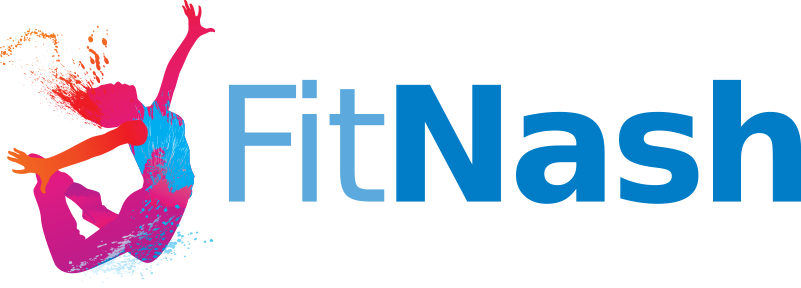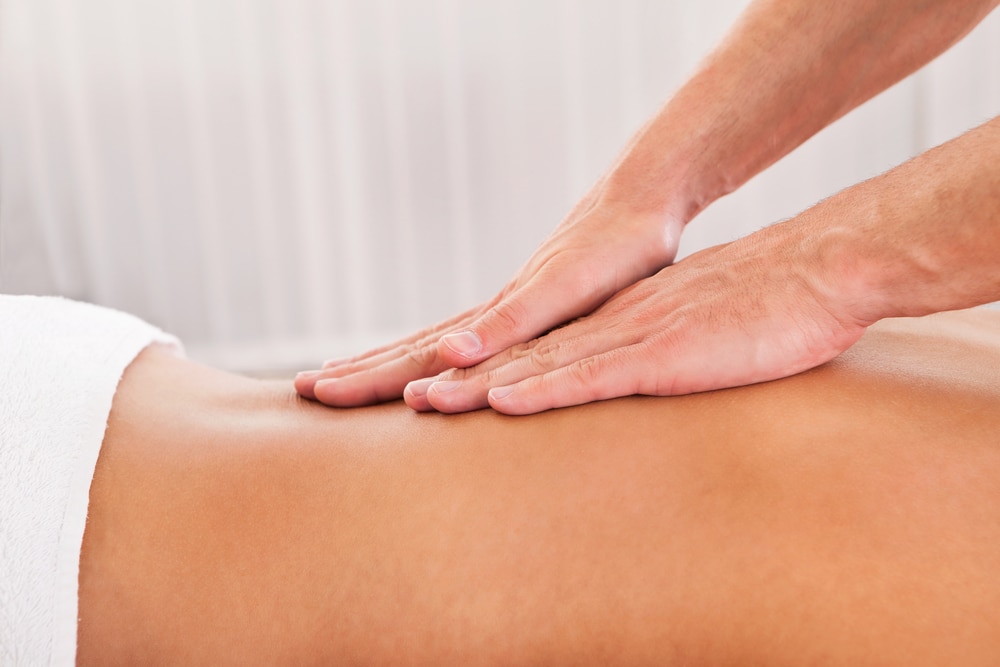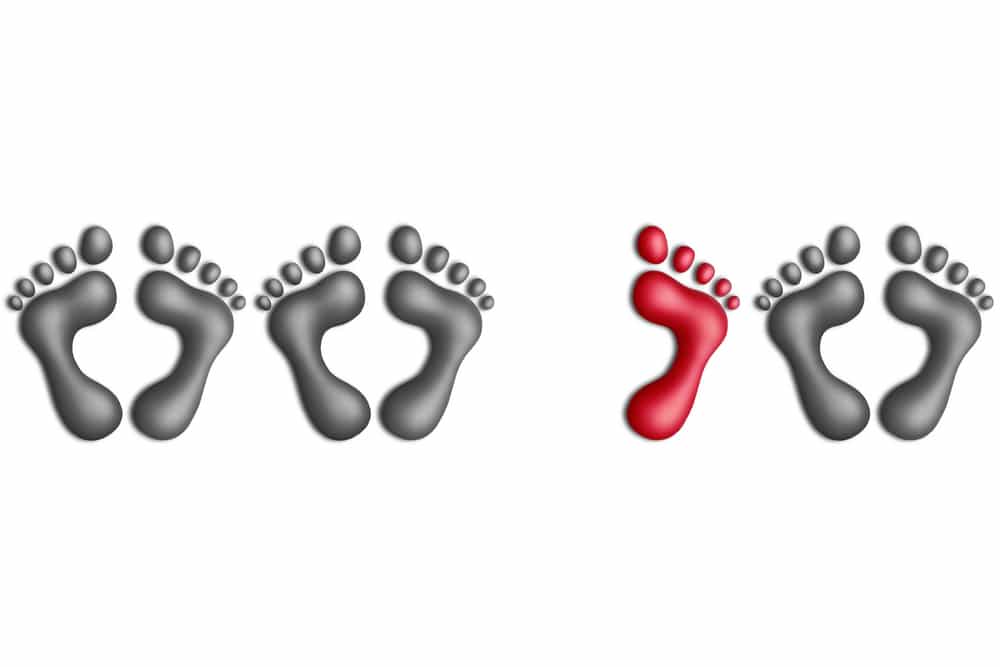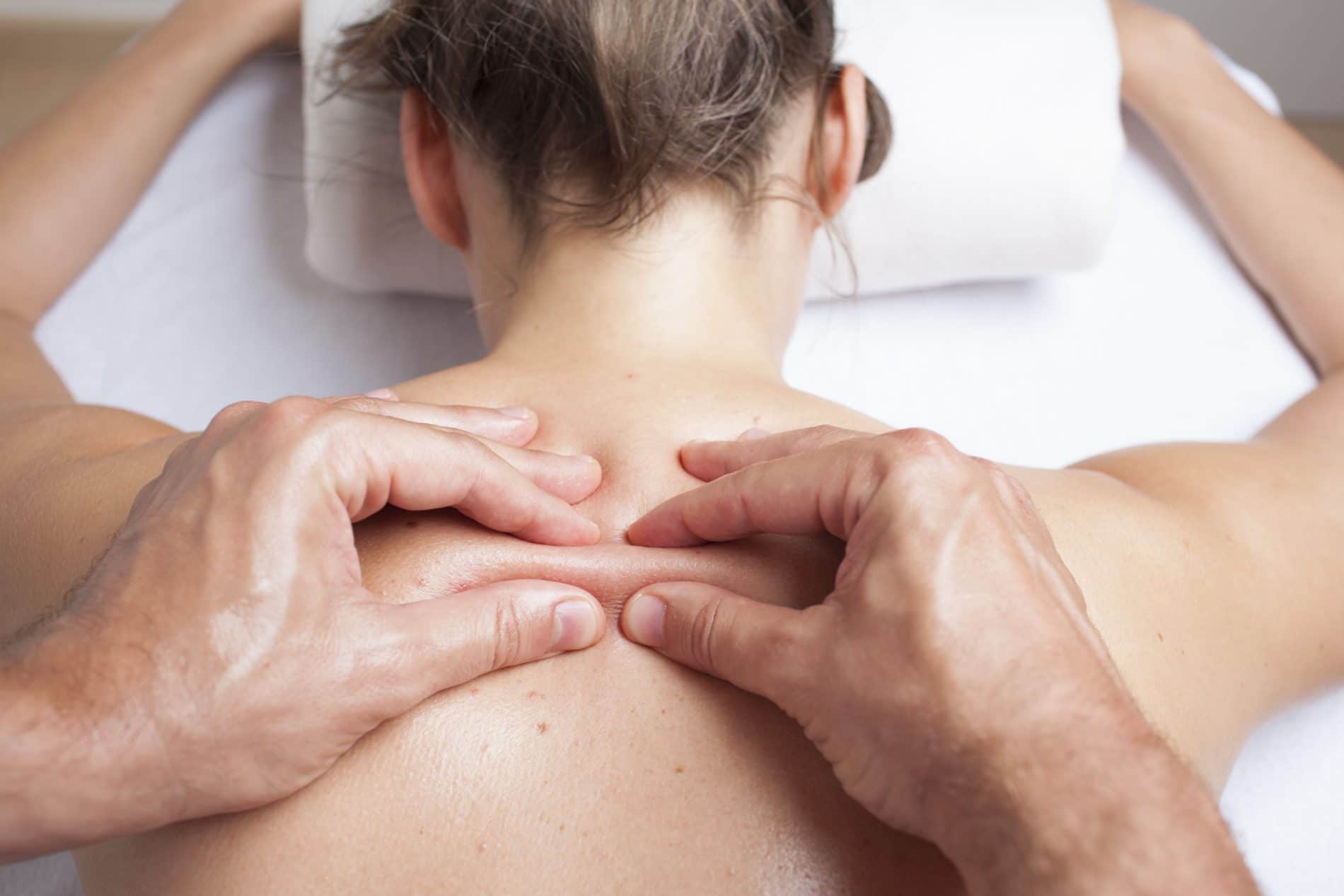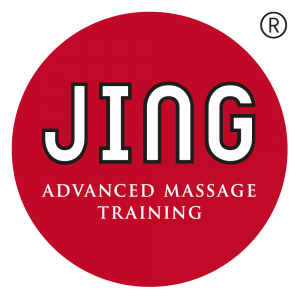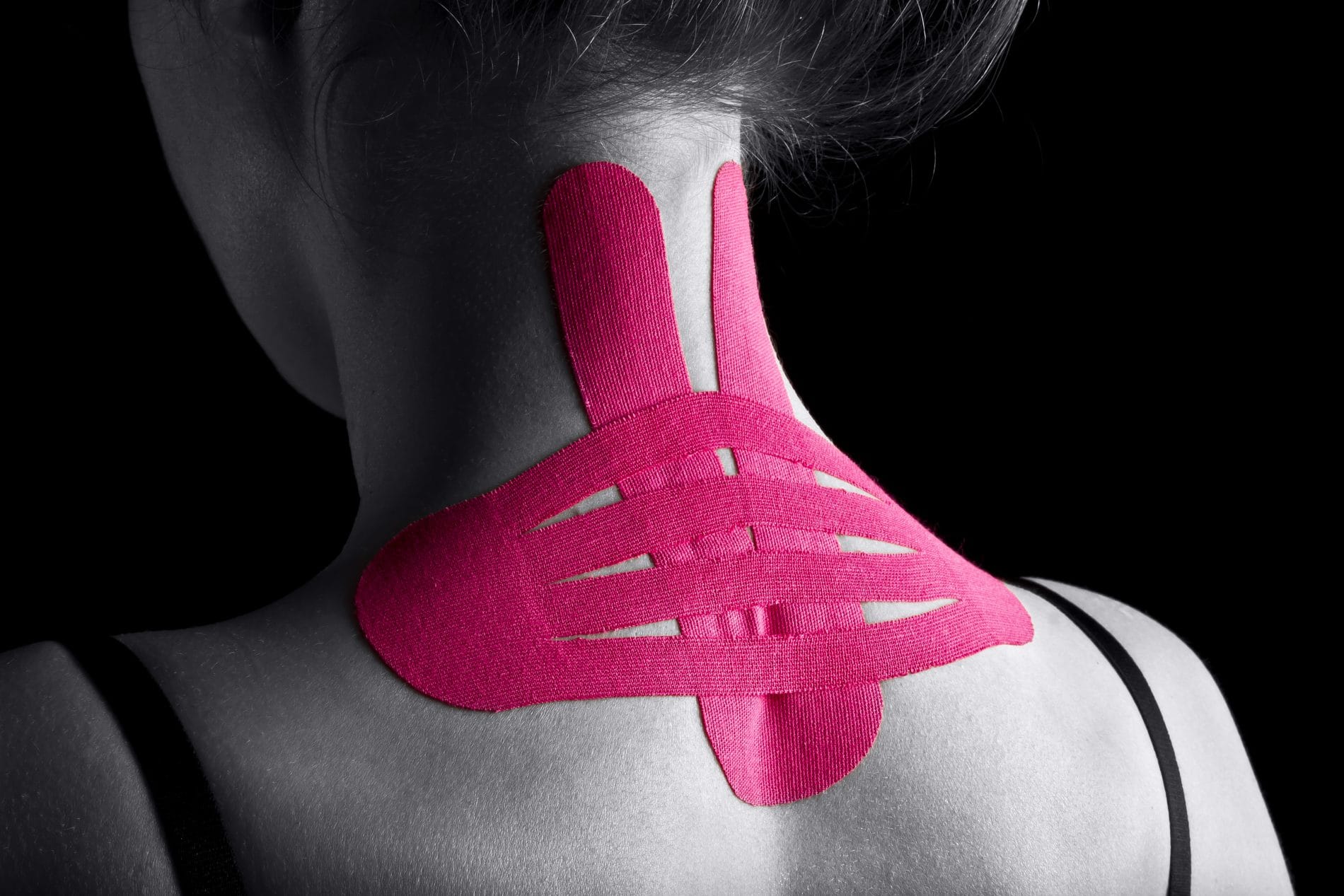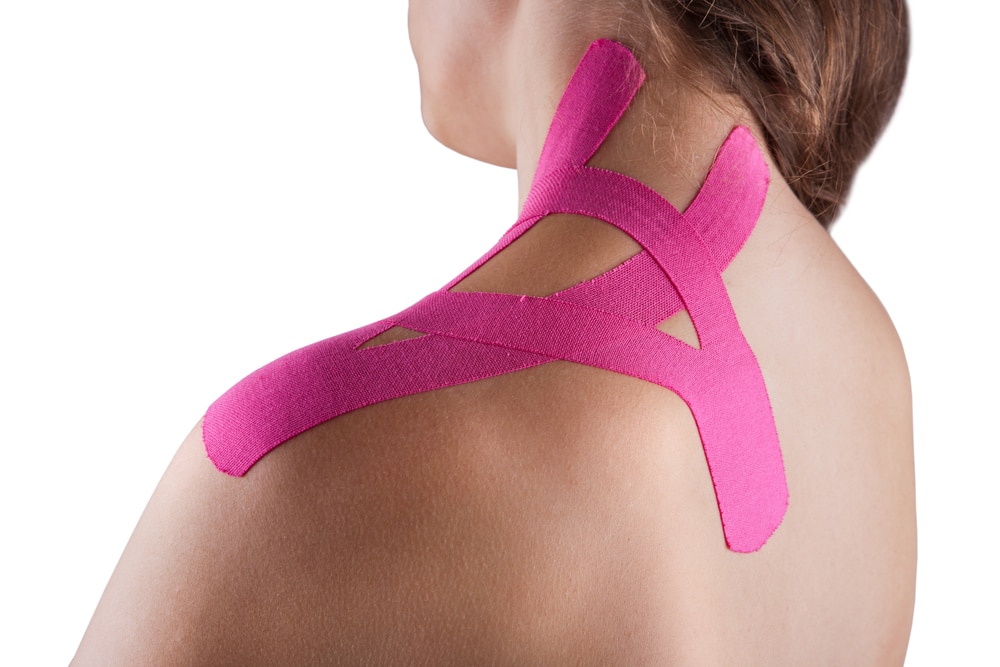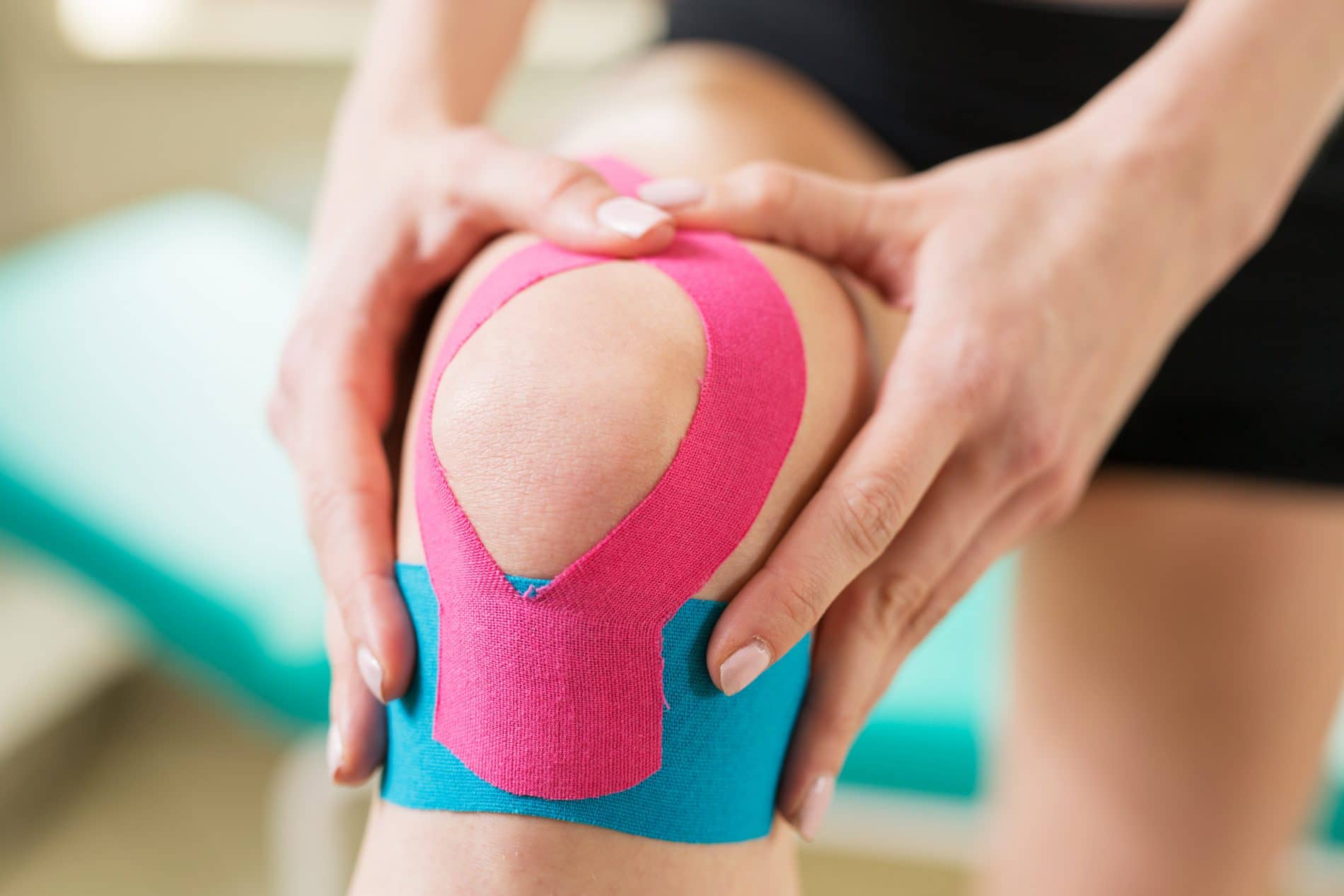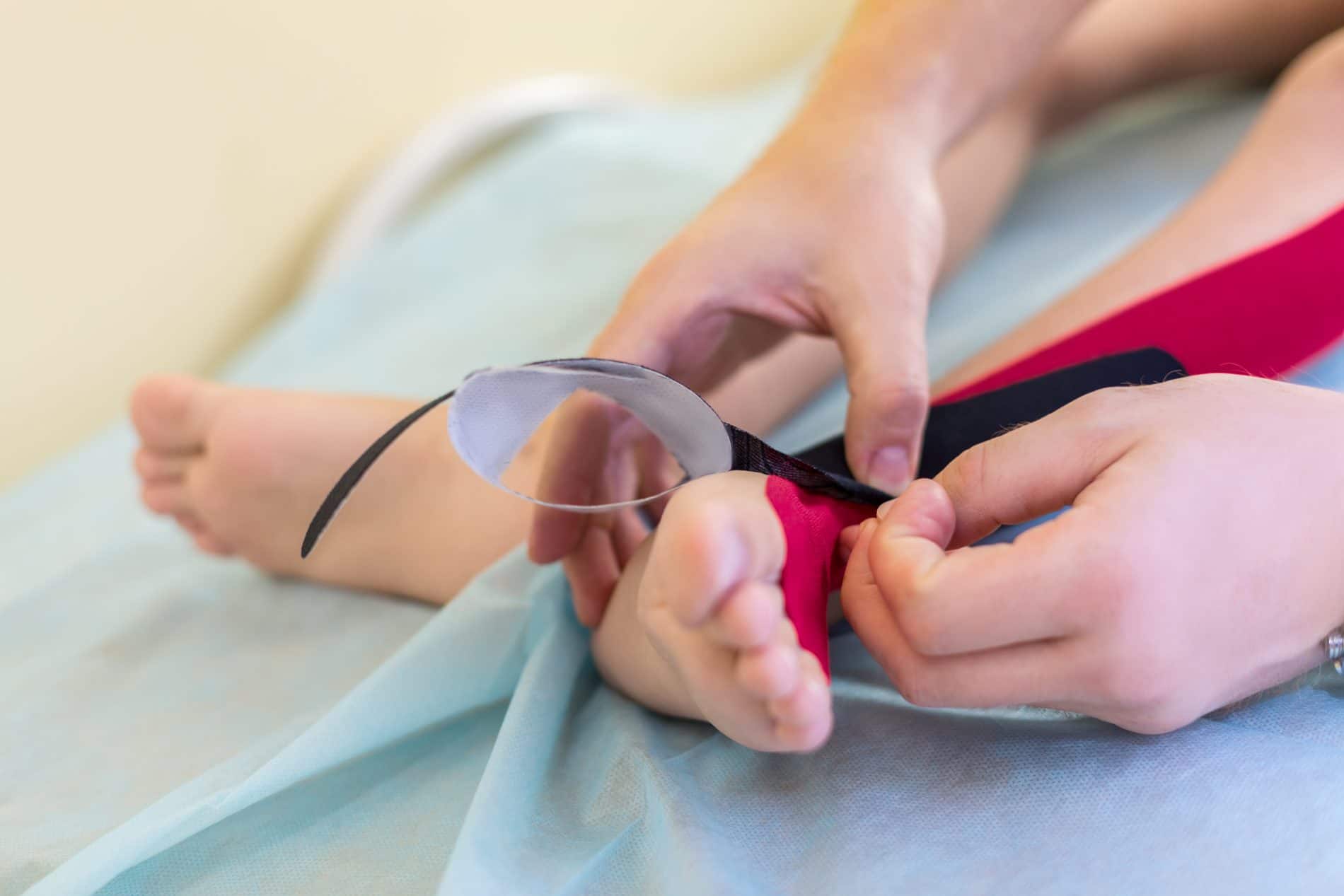Clinical Massage and Soft Tissue Therapy
Regular soft tissue massage can calm the nervous system, assist circulation and regulate the flow of fluid throughout the entire body. This nourishes and cleanses cells, assisting the regeneration of tissue, aids flushing the body of harmful wastes and toxins, increasing resistance to sickness and disease.
After a vigorous personal training session we all know there is nothing better than a good massage for easing out those aches and pains. Whilst it is often seen as a ‘luxury’, massage plays an important part of any health and fitness plan, enhancing your recuperation, regeneration and recovery. Sports massage is especially helpful where realigning deeper layers of muscles and connective tissue becomes necessary.
From a clinical perspective there are many other times massage can also be useful: for those suffering from hyper, or altered sensitivity; during or after a pregnancy (pre and post natal); for specific pathologies such as fibromyalgia; post surgery; or after limb removal.
Amputation is a physical and psychological trauma that has a profound influence on the life of an amputee. Providing comprehensive rehabilitation services and programs to individuals recovering from amputation is, therefore, a complex process, generally utilising a multidisciplinary team approach to address an individual’s functional, emotional, social and psychological needs.
Often missing from these approaches is the need for massage therapy. Massage therapy is used to prevent and treat physical dysfunction and pain through applying various manual techniques to the soft tissues of the body (muscles, connective tissue) and joints.
Massage therapy is supported by research to have a number of highly beneficial interrelated physical and psychological benefits, many of which are frequently indicated as rehabilitation goals.
These benefits include:
- Reduced swelling
- Increased circulation
- Less muscle stiffness
- Reduced scar tissue tightness
- Reduced spasms
- Increased muscle length
- Less pain
- Decreased anxiety and stress
- Longer sleep
- Increased relaxation
So what’s the difference between a massage therapist, and what we do in clinic?
- A massage therapist uses lotions, with maybe a few bolsters and pillows, and works at getting you to relax / put you to sleep.
- Rehabilitation Practitioners (that’s what we do) use a multitude of different tools (Scenar, K tape etc.) and techniques to break apart fascial adhesions and create massive vascular events, restoration of tissue and joint function, all leading to pain reduction and enhanced performance potential. Click here to find out how we work.
Myofascial Release
Fascia is a thin, tough, elastic type of connective tissue which forms fibrous layers in a continuous spiders web from head to toe, with no beginning or end. Fascia surrounds muscles, groups of muscles, blood vessels, organs, and nerves. Myofascia, pronounced “my o fash a”, is fascia which covers and links all your muscles and bones. If you eat meat, this is the white membrane like substance that surrounds what you want to eat.
Normal, hydrated, healthy fasciae (plural) are flexible structures that are able to resist great tensile forces, binding some structures together while also provide something of a ‘slip plane’ permitting others to slide smoothly over each other. Fascia also carries sensory and emotional data, similar to nerves, by transporting mechanical signal around the body instead of electrical impulses. It is now recognised as a pain generating tissue and is also fundamental to our faculty of proprioception i.e. our sense of bodily position and movement.
Injury, trauma, stress, work-related repetitive movements, inflammation and the effects of ageing can cause fascia to dehydrate and lose its elasticity becoming shorter, tighter, and more dense, resulting in a source of tension felt throughout the rest of the body. These areas are referred to as adhesions, or trigger points and can have a cumulative effect over time. Tightened fascia pulls our muscles and skeleton out of proper alignment and posture, which can cause pain, discomfort, and fatigue.
To give a specific example, in the latter stages of pregnancy and childbirth, soft tissue is overused / over-stretched. As a consequence collagen microfibrils can form in between adjacent layers of fascia and bind them together. This is a protective mechanism to allow the soft tissues to heal. Unfortunately, the microfibrils do not automatically go away after the area has healed, and often accumulate over time. Like the cross-links on a net, the more of them there are, the stronger the net will be – but the less elastic the net will be as well. In extreme circumstances when fascia exceeds its normal tensile capacity, there will be a disruption or “micro-tearing” of individual collagen fibers. This in turn leads to fascial scarring and adhesion or restrictions.
To use an analogy, if you put both your hands flat on a table in front of you, and slide the fingers of one hand back and forth over the fingers of the other, this is healthy fascia. Once injured, instead of running parallel to each other in an organised fashion, the fibres now run every possible direction in all three dimensions and have an extremely diminished amount of organisation and elasticity. Interlock your fingers from one hand with the fingers from the other, now the fingers point in all directions instead of laying flat and it becomes almost impossible to slide the fingers back and forth.
For areas which are supposed to have good mobility, and / or high levels of slippage between tissues, eg, the abdomen, this becomes a problem, often experienced as abdominal pain (similar to IBS) with or without constipation, a tightening or restriction of tissues, and mobility issues, often misdiagnosed as low back or hip pain.
Myofascial Release (MFR) is a safe and very effective hands on technique to reorganise the fascial tissue and break down adhesions. This involves applying gentle sustained pressure to directly lengthen, stretch, soften and improve the health of the fascial layers to relieve pain, resolve structural and postural dysfunction, restore function and mobility (and release emotional trauma), resulting in a feeling of being more at home in your own body.
MFR is often used before any soft tissue massage work which may be required and can be a lengthy process when done correctly. If we liken it to well groomed hair vs a tangled mess, the more tangled, the longer it is going to take to straighten out. But the good news is that it is possible in almost all cases.
Structural integration is a specific type of Myofscial Release. Treatments focus solely on the connective tissue, or fascia, of the body rather than the muscles which is more typical of soft tissue massage work.
Our structural integration sessions are practiced over three 90 – 120 minute sessions designed to restore postural balance by aligning and integrating the body in gravity. These sessions need to be taken ideally within a two week period.
A range of techniques and pressures are used during the sessions to lengthen and reposition the fascia and the body, from slow, deep, stretching movements, to constant applied pressure. You may also be asked to move as pressure is applied.
As tissue is being released, you may experience a variety of sensations ranging from warm and pleasant to something less comfortable (but never painful!). Pressure applied during the session is based on connection with the fascia, AND your feedback – so the pace of the session is under your control.
Sometimes, as the tissue is released and balanced, clients experience the release of emotions, memories or traumas that have been stored in the fascial tissue. Such releases can create the opportunity for change and / or resolution surrounding the issues presented to achieve total healing of the problem. If assistance is required with this element, I have several other practitioners that I work closely with, and would be happy to refer to.
Structural Integration work would not be something a client would request, instead something the Practitioner would suggest.
Soft tissue training has been undertaken at Jing with Meghan Mari and Rachel Fairweather to an Advanced Clinical Practitioner level.
Kinesiology Taping
On occasion there may be a requirement to utilise the benefits of Kinesiology taping after, or between sessions to prolong the beneficial effects of the treatment. The clinic typically uses two grades of RockTape, one for sporting / wet applications, the other for normal daily activities.
The tape is very thin made with a porous fabric which lets the skin breathe and has an elasticity comparable to that of the skin and muscles. The tape is hypoallergenic and latex free. The sticky side of the tape uses a water repellent, medical-grade acrylic adhesive that supports the muscles and connective tissues. The tape can stay put for three to four days even through sweating and showering.
Pre cut tapes aren’t used at the clinic as each treatment and site requires individualisation for the perfect fit.
Kinesiology taping can be used on everyone, even pregnant and nursing women, children, and the elderly.
How it works remains a difficult question to answer in a scientific and rigorous manner, as the exact mechanisms underpinning the profound clinical effects remain uncertain. However, because the tape mimics the skin’s elasticity, when the tape is applied stretched it causes the skin to form convulsions and wrinkle. This creates a bio-mechanical lifting mechanism that decompresses the tissue just under the skin.
Purposes:
- Muscle and proprioreception re-education
- Reduce pain and sensation disturbance
- Injury prevention
- Improve range of motion
- Reduce oedema and inflammation
- Posture control
- Prevent overstretch and reduce overuse of weak muscles
- Reduce muscle stiffness and over contraction
Please note:
If you are allergic to plasters, you must inform your practitioner.
If severe itching occurs, take off the tape. When removing tape, take it off slowly. Immersing the tape in soapy water may assist removal.
Application is best several days after the skin has been shaved allowing stimulation of the root hair complex.
Training for Kinesiology taping has been undertaken with John Gibbons
Epsom Salts
Here’s why we recommend the use of, and sell, medical grade Epsom salts in clinic:
Studies have shown that magnesium and sulfate are both readily absorbed through the skin, making Epsom salt baths an easy and ideal way to enjoy the amazing health benefits (*1). Magnesium plays a number of roles in the body, including reducing inflammation, and helping muscle and nerve function. Sulfates improve the absorption of nutrients, flush out toxins and help ease migraine and headaches.
For best results, either mix a thick paste of Epsom salt with hot water and apply to get soothing comfort, or opt for a long soak in the tub with >330g for a standard sized bath, to ease your body’s aches and pains.
(*1) “Report on Absorption of magnesium sulfate (Epsom salts) across the skin”, Dr RH Waring, School of Biosciences, University of Birmingham. B15 2TT, U.K. See below. FitNash Limited, takes no responsibility for the accuracy or content of the article below.
Report on Absorption of Magnesium Sulfate (Epsom Salts) Across the Skin
Dr RH Waring, School of Biosciences, University of Birmingham. B15 2TT U.K.
Protocol
Clinician in charge – Dr Sarah Nuttall, Department of Clinical Pharmacology, Medical School, University of Birmingham
Scientist in charge – Dr Rosemary Waring, School of Biosciences, University of Birmingham
Technician in charge – Mrs Liba Klovrza, School of Biosciences, University of Birmingham
Recruitment – Subjects were recruited from the staff of the School of Biosciences, University of Birmingham. In all, 19 subjects (10M, 9F) were recruited for the various aspects of the study. All were in good health, and not on any current medication. No subject smoked more than 5 cigarettes/day or drank more than 2 units of alcohol/day. The ages ranged from 24-64 years.
Analyses – Magnesium levels in blood and urine were measured by a flame photometric method using magnesium nitrate as a reference standard. Sulfate was measured by anion-specific high pressure liquid chromatography (hplc), calibrated with a turbidimetric method and with sodium sulfate standards.
Results – After initial pilot studies, all volunteers took baths (temperatures 50-55°C) and stayed in the bath for 12 minutes. They added varying amounts of magnesium sulfate (Epsom salts) to the bath before entry and ensured that the salts were completely in solution.
Blood / Urine Samples – Blood samples were taken before the first bath, at 2h after the first bath and at 2h after the 7th consecutive bath. Baths were taken daily at the same time for 7 days for the experiment. Urine samples were collected before the first bath and then 2h after the first bath and at all subsequent baths . Urine samples were also taken 24h after the last bath. All urine samples were corrected for creatinine content.
Results
Magnesium – Magnesium levels in blood are very tightly controlled. Of 19 subjects, all except 3 showed a rise in magnesium concentrations in plasma, though this was small in some cases. The values before the first bath were, mean 104.68 ± 20.76 ppm/ml; after the first bath the mean was 114.08 ± 25.83 ppm/ml. Continuation of bathing for 7 days in all except 2 individuals gave a rise to a mean of 140.98 ± 17.00ppm/ml. Prolonged soaking in Epsom salts therefore increases blood magnesium concentrations. Measurement of magnesium levels in urine showed a rise from the control level, mean 94.81 ± 44.26 ppm/ml to 198.93 ± 97.52 ppm/ml after the first bath. Those individuals where the blood magnesium levels were not increased had correspondingly large increases in urinary magnesium showing that the magnesium ions had crossed the skin barrier and had been excreted via the kidney, presumably because the blood levels were already optimal. Generally, urinary magnesium levels 24h after the first bath fell from the initial values found after day 1 (mean 118. 43 ± 51.95) suggesting some retention of magnesium in tissues after bathing as blood levels were still high. Measurement of magnesium levels in urine 24h after the 7th bath gave values almost back to control levels.
Sulfate – Free inorganic sulfate levels in plasma rose in all subjects after bathing in Epsom salts (mean pre-bath, 3.28 nmol/mg protein ± 1.40, 2h after 1st bath, mean 5.59 nmol/mg protein ± 3.08). In some individuals, the level post-bath reached > 9 nmol/mg protein. The plasma levels after 7 days showed a mean of 3.57 nmol/mg protein ± 1.70, lower than the peak value, suggesting that sulfate stores in the body were being filled. Analysis of the urine samples again showed an increase in sulfate concentrations (pre-bath mean 623.74 ± 352.34 nmols/ml, 2h post bath 1093.30 ± 388.79 nmoles/ml, 24h after 1st bath 899.83 ± 483.16 nmols/ml. Sulfate excretion in urine in some individuals was only slightly higher after 7 days bathing than the pre-bath levels.
OTHER FACTORS (1)
Gender Differences – Males had slightly higher levels of blood magnesium than females (109.0 ± 14.4 ppm/ml v. 87.7 ± 6.3 ppm/ml. Females had higher free plasma sulfate than males (3.26 ± 0.86 nmol/mg. v. 2.54 ± 0.53 nmol/ug) although these differences were not significant. The mean levels of both magnesium and sulfate were almost identical for males and females after bathing.
Optimum Epsom Salt Levels – There was a wide individual variation in this parameter. However, all individuals had significant rises in plasma magnesium and sulfate at a level of 1% Epsom salts. This equates to 1g MgS04/100ml water; 600g Epsom salts/60 litres, the standard size UK bath taken in this project (~15 US gallons). However, most volunteers had significantly raised Mg/S04 levels on baths with 400g MgS04 added. Above the 600g/bath level, volunteers complained that the water felt ‘soapy’. Although this project did not specifically set out to answer the question of how frequently baths should be taken, the results are consistent with saturation of the skin (and possibly the gut) transporters. These proteins are not well understood or described but, at least for sulfate, they are believed to be high affinity but low capacity. The values obtained suggest that most people would find maximal benefit by bathing 2 or 3 times a week, using 500-600g Epsom salts each time.
Other Factors (2)
No volunteer complained of any adverse effects, even at MgSO4 levels of 2.5%. Possible effects on the kidneys were tested by measuring urinary protein content. This did not change significantly, whichever Epsom salt levels were used, over the 8-day period. Kidney damage is therefore not an issue. In other experiments using excised human skin, we found that sulfate does penetrate across the skin barrier. This is quite rapid so probably involves a sulfate transporter protein. We did not see any Mg penetration, but these experiments were conducted for a short time at only 37 degrees as opposed to the 50 degree bath temperature. To check this, 2 volunteers wore ‘patches’ where solid MgSO4 was applied directly to the skin and sealed with a waterproof plaster. Plasma/urine analysis confirmed that both Mg and sulfate levels had increased so this is potentially a valuable way of ensuring Epsom salts dosage if bathing is not available. Interestingly, both volunteers, who were > 60 years old, commented without prompting that ‘rheumatic’ pains had disappeared.
Conclusion
Bathing in Epsom salts is a safe and easy way to increase sulfate and magnesium levels in the body.
